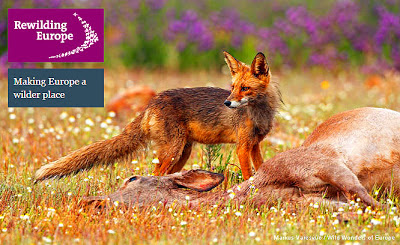One of the fascinating things about nature, and the creatures that inhabit what is left of our wild places and natural landscapes, is how these creatures have learned to adapt to our suburban environments.
Whether we are talking about the bears and wolves in America, that weave their way through suburban front yards looking for sources of food discarded in compost and trash bins, or whether referring to the foxes that creep through Australian backyards searching for the occasional stray chicken – wild nature is closer than you think.
In Adelaide, where I live, native animals like the koala (please don’t call it a koala
bear), are slowly finding their way out of the surrounding Adelaide hills into suburban back yards and parks.
Look carefully at the photo illustrating this blog post. Can you see it? There it is, perched on the fork of a branch calmly surveying man and machine as they come and go in the car park of the Mitcham Shopping Centre on Belair Road.
This is one of at least two koalas that I have noticed in a line of large eucalyptus trees that follow the path of Brownhill Creek as it winds out of the nearby hills on its way to the ocean. I assume the koalas have been following the river as well via the trees that line its banks.
Koalas are quite solitary creatures. They never gather together in family groups, nor do the males watch over a bevy of female koalas, fighting off the amorous approaches of other males of the species. They don’t mate for life with one partner, like some other wild animals do, and all in all, seem to be quite happy with own company.
Like kangaroos, koalas are marsupial animals, meaning that the female gives birth to relatively undeveloped young. A baby koala is referred to as a ‘joey’ (as is a baby kangaroo), and is hairless, blind, and earless at birth. The joey, which is only a quarter of an inch long at birth, crawls into a downward-facing pouch on the mother's belly and attaches itself to one of two teats, and there it remains for about six months, only feeding on milk.
It was interesting to watch people walking beneath this tree and its occupant – completely oblivious to its presence. I knew there was a koala in the tree somewhere, after noticing droppings on the asphalt below the tree. However, I must admit that even I was surprised by just how close to the ground this koala was.
-o0o-





